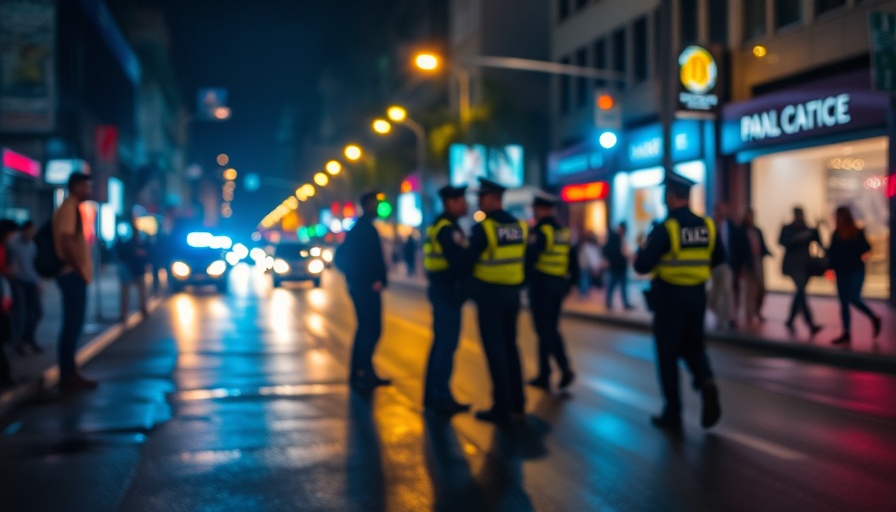
The Dangerous Reality of Police Pursuits
The recent incident involving Officer Nathan Spiess, who was pursuing a fleeing carjacking suspect when he was struck by a hit-and-run driver, highlights the inherent risks police officers face daily. The officer’s severe injuries, culminating in a partial leg amputation, prompt a critical conversation about the measures in place for officer safety during high-stakes pursuits.
Understanding Police Chases: A High-Stakes Gamble
Police chases are often portrayed in movies as exciting but can quickly become dangerous realities for officers and civilians alike. In this incident, the 15-year-old suspect, after carjacking a vehicle, led police on a frantic pursuit that resulted in chaos. Such high-stress situations necessitate not only tactical skills but also a reassessment of how police are equipped and trained to handle them safely.
Investigation and Community Impact
The St. Louis community is reeling from the implications of this event. Officer Spiess’s injury brings attention to police training programs that may require enhancement to address such reckless behavior effectively. As investigations unfold, local departments must work towards improved police-community relations, ensuring transparency about the incident and fostering trust within the community.
Public Safety and Officer Wellness
This incident underlines a pressing need for police departments to prioritize officer wellness and mental health support. The physical aftermath of such pursuits is evident, but the psychological toll on officers can be equally detrimental. Officers involved in critical incidents must have access to mental health resources to process these events effectively.
The Role of Technology in Modern Policing
Incorporating advanced technology can significantly enhance police rapidly respond to incidents like this. Deploying better surveillance tools, data analytics, and communication systems not only improves the safety of officers but also assists in tracking suspects more efficiently. The need for technology in policing cannot be understated—it holds the potential to mitigate risk during high-speed pursuits.
Future Policy Directions and Training Enhancements
Going forward, law enforcement agencies must review and revise their pursuit policies. Striking a balance between the urgency of catching suspects and the safety of officers and the public is paramount. Training programs should be revised to simulate more scenarios that officers might face in real-life situations, enhancing their preparedness and decision-making abilities.
As the aftermath of this event continues to unfold, it presents an opportunity for significant reflection within police departments about community trust, officer safety, and the ever-evolving nature of law enforcement.
Police departments and policymakers must take decisive steps to address these concerns, ensuring that officers are trained, equipped, and supported to make the best possible decisions under pressure. It is crucial for every individual within the system to acknowledge the risks and responsibilities that come with police work and advocate for systemic improvements.
 Add Row
Add Row  Add
Add 

 Add Element
Add Element 




Write A Comment